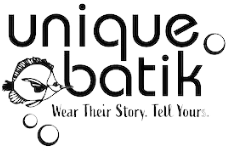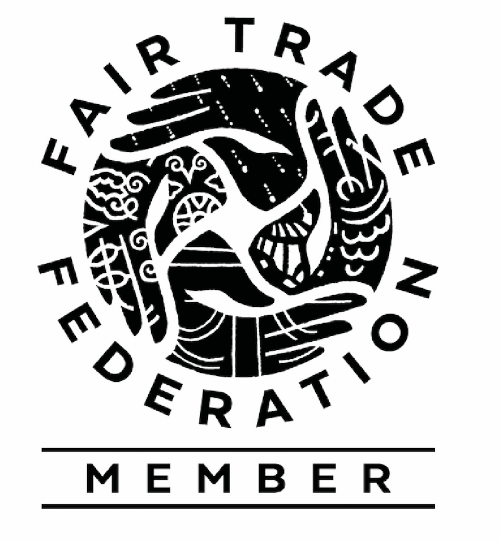Everything old is new again, right? At its best, fashion takes classics that have been around for ages, and spins them into something new right before our eyes. Oscar de la Renta, Rachel Roy, Nicole Miller, and several other designers showed pearls for Spring 2014, but these weren’t your granny’s pearls. While pearls have an elegant, classic aesthetic, they take on a cool, young edge when mixed with more casual pieces.
At Unique Batik, we are always looking for ways to translate fun fresh trends into our handcrafted jewelry and bags, so we’re pleased to bring you the Pearl Circus Necklace and Pearl Circus 2 Strand as a great way to incorporate the pearl micro trend into your spring and summer wardrobe. These subtly dramatic pearl necklaces are created for us by the same family of artisans that makes our delightful Circus collection of jewelry, as well as our Rock Candy and Trapeze collections.

Led by artisan Diego Ravinal and based in Santiago Atitlan, Guatemala, the group is made up of Diego, his four sisters, and his brother-in-law. When their father died thirteen years ago, Diego had to abandon his education, leaving school to work and support the family. Diego was able to get a bank loan of Q3500 (the equivalent of $450) and set up a stall on one of the main streets in town, near the beach. There, he sold jewelry and other trinkets to tourists, as the town in which he lives is on a beautiful volcanic lake and is a popular vacation spot. Although doing business this way was enough to get by, Diego was unable to grow his business until he could find a wholesale buyer.


When Diego connected with Sharon and started making jewelry for Unique Batik, he was able to generate enough work for all four of his sisters. Diego’s family has not had the opportunity for much education -- both his mother and three of his sisters are illiterate and not all of them are able to speak Spanish fluently. This means that income generating opportunities are few and far between. Their work making jewelry allows them to contribute to the prosperity of the family, and gives them a voice in decision making. When making decisions about pay and production, the group dialogues and decides together.




Diego is proud of his work; he has created his own designs, and when people come to his stall and admire his jewelry, saying it is unique, it gives him energy to continue creating. He has also continued his education, going to school in the afternoons, and is only one class away from completing his studies and getting his diploma. In the six years of working together with his family he has built a successful business and now dreams of growing that business and building his own home in Santiago. Sure, it’s the same dream that people have had for generations...but some things never go out of style.







